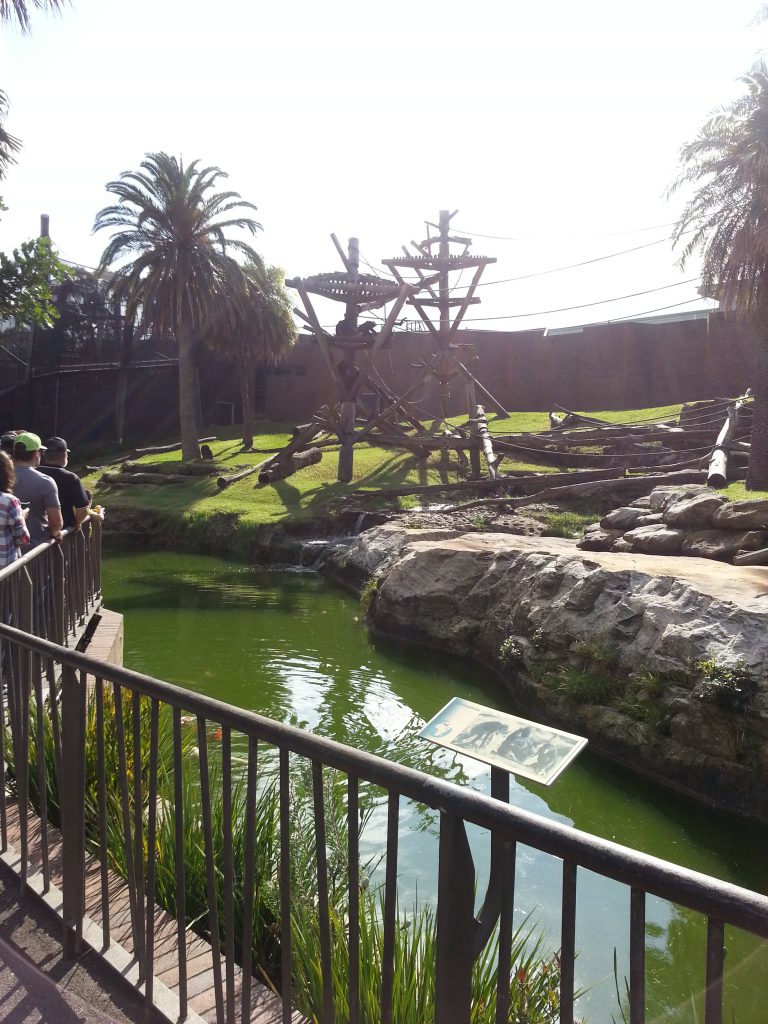As you might tell, the present highly changing environment has created new challenges for the global marketplaces. It is therefore far more difficult for global markets given that these challenges are disrupting organizations and their human behaviors around how they operate and communicate. Have you ever wondered how businesses cope and even prosper in this rapid change and disruptive environment?
The current challenges affecting organizational design for examples might include the need to meet corporate social responsibility in response to the strong competition, globalization and the rise of social scrutiny demanding ethical standards as per recognized by scholars.
In view of that, it suggests that organization needs to shift to a new type of business structure. However, in addition to the aforesaid challenges, the familiar organization’s resistance to change is predominant due to limited human resources, the lack of competency and skills that can lead to rejection, non-compliance and non-responsiveness and other reasons. Moreover, there are the implications for leadership in these complex environments that suggest business-as-usual approach is unsustainable.
Let me put those ideas into enlighten perspective, sustainable organization generally holds ethical governance and accountability as well as transparency in association with its major stakeholders for a defensible influence through good reputation and naturally minimize the possible risk issues.
According to researchers the key challenges for organizational design are diverse, and the processes involve in supporting the various structure elements of the organization can also be varied in every organizations. This is why there is no one size fits all approach; and decision makers must understand that these are important processes necessary to design a suitable structure. A fitting structure is to deliver a balanced business purpose for achieving both a profitable and sustainable outcomes that embrace the environment and society as a whole.
In time of global change that is multifaceted by its complexity, the impact on the organization where I worked several years ago had been chaotic. By chaotic, I mean it includes human interactions and behavioral issues actually a dysfunctional culture. And so, with the many stages of failed pathways, the inaccuracies working as a team in fact was a struggle; and the actual transition towards its new system within the industry had never been so tested and slow to adapt.
In summation, even though there are needs for appropriate skills and training to meet all needs and expectations of a sustainable organization, the chaotic environment concerning the internal and external stakeholders hence highlight the importance of agility, resilience and adaptability in the workplace culture.









Is there any way you think these challenges could be overcome.Because we face challenge in anything we do and there has always been a solution.However, on this topic I would love to know your take and how you feel about the organisational challenges and how they need to be taken care of?
Hi Shrey
Thanks for visiting and your questions.
The fact that there being huge impact towards the shifting background, the rapid change in technology is an advantage although debated.Technological advancement has allowed businesses around the world to increase their knowledge through accessible platforms. Such platforms have systems in place can help businesses to improve priority setting in addition to setting up collective linkages. And through these linkages, businesses will be able work out how to assign limited resources effectively. While I have discussed in this topic that a right structure is to deliver a balanced business purpose, I meant both cost-effective and ecological results.
Good question Shrey, actually I feel there is a need for the organization culture change after completing my commerce degree, which is why I have this idea to building this website. And you asked about my take, well, there are ways to solve organizational challenges. One of which is to regularly engage (either through shared media or face to face) with important participants to find out how to improve their present state of affairs. And such engagement has to be ongoing and repeated in order to achieve the necessary shared outcomes. And shared outcomes are values that usually include the environment and society as a whole.
Some people may argue that this is easier said than done, and therefore in my conclusion I have specified that appropriate skills and training are essential to meet the needs and expectations of a sustainable organization.
Cheers, Anna